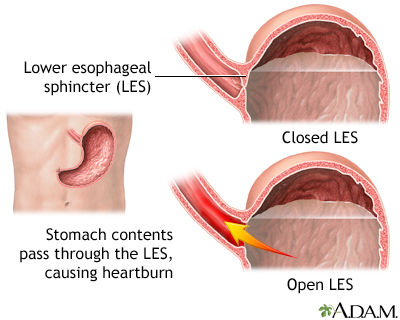
For anyone who frequents this blog, is a fan, or has just stumbled upon this page, please take a moment and reflect on what has occurred in Haiti.
There are moments in our lives when we can help those who cannot help themselves, most jump at the opportunity to help those in need. The situation in Haiti requires help from all, please forward this page to everyone you know. An event like this requires aid from the entire International Community.
If you can help, please donate to any of these organizations below. The country is in desperate need and can use all the help it can get.
Here are three ways you can help
1 - Donate your time, volunteer if you can
2 - Donate Blood
3 - Donate Money
In this time of need, lets not be known as the generation who stood by and did nothing.
American Red Cross
https://american.redcross.org/site/Donation2?4306.donation=form1&idb=520717783&df_id=4306&s_subsrc=RCO_NewsArticle
You can also donate via Text
http://twitter.com/redcross
Supporters can text "Haiti" to 90999 to donate $10 to the Red Cross that goes directly to Haiti Relief.
The Salvation Army - Canadian Branch
http://www.salvationarmy.ca/
The Salvation Army in Canada is sending $100,000 US in aid and has started a fundraising campaign.
World Vision Canada
World Vision is preparing to distribute emergency supplies to those affected by the earthquake. World Vision has been working in Haiti for over 30 years, helping an estimated 300,000 Haitians each year to overcome poverty through providing access to education, clean water and nutrition, as well as helping families with medical care.
http://www.worldvision.ca/give-a-gift/Pages/EarthquakeinHaiti.aspx?mc=4153730&gclid=CLT74fTHoZ8CFRh15QodZWM20w
UNICEF USA
https://secure.unicefusa.org/site/Donation2?df_id=6680&6680.donation=form1
UNICEF Canada
https://secure.unicef.ca/portal/SmartDefault.aspx?at=1211&appealID=90&CID=99
UNICEF Canada is taking donations for the earthquake in Haiti. An income tax receipt will be issued for all donations $25 or more. For donations less than $25, receipts will be issued upon request. Please email secretary@unicef.ca or call 1-800-567-4483.
Hope for Haiti
http://www.hopeforhaiti.com/donations.php
Plan Canada
Plan Canada has been operating in Haiti for nearly 40 years. Donations can be made by calling 1-800-387-1418.
___________________________________________________________________________
Contacting family members, friends
For inquiries about relatives living and who have citizenship in Haiti, please be patient and call repeatedly until the lines clear or contact other family members who live nearby. Telephone, Internet and other communication lines are often disrupted in times of disaster.
People trying to locate U.S. citizens living or traveling in Haiti should contact the U.S. Department of State, Office of Overseas Citizens Services, at 1-888-407-4747 or (202) 647-5225.
Canadians attempting to contact family members or friends in Haiti can call the Department of Foreign Affairs and International Trade emergency operation centre at 1-800-387-3124, or inquire by email at sos@international.gc.ca.
DFAIT is also advising Canadians who need assistance in Haiti to travel to the Canadian Embassy in Port-au-Prince on Delmas Road, between Delmas 75 and 71. Canadians can also contact embassy officials by calling 613-996-8885.














